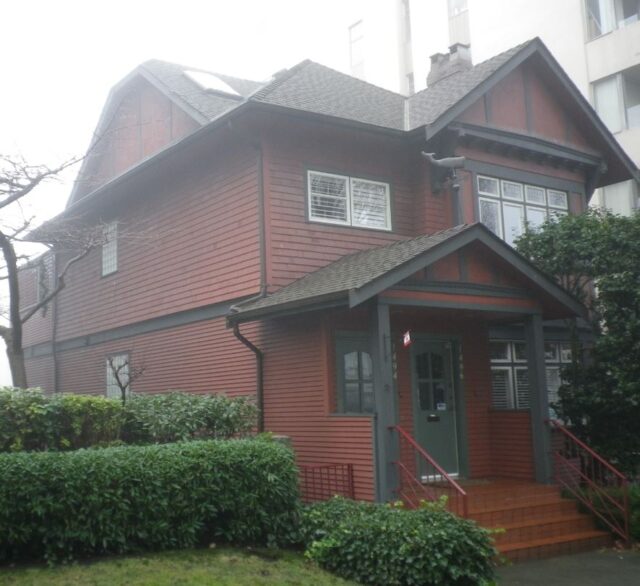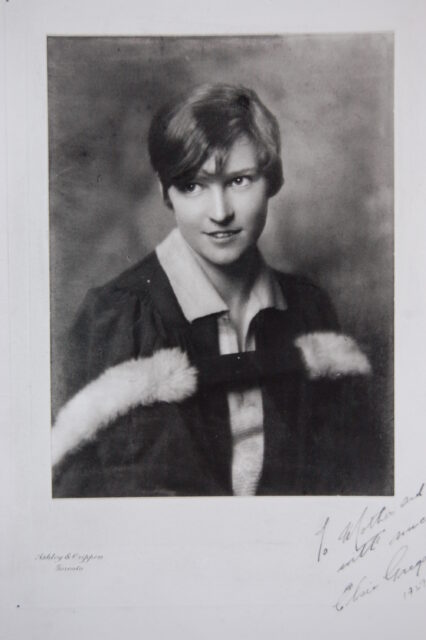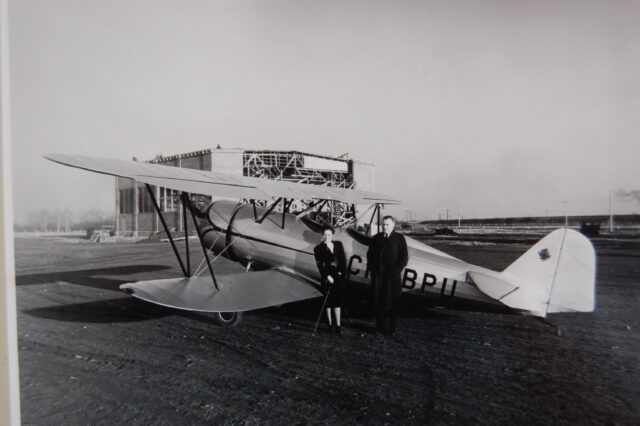October is Women’s History Month in Canada. This gives me a great excuse to write about Elsie MacGill, the Queen of the Hurricanes.
Elsie Gregory MacGill grew up on Harwood Street in Vancouver’s West End in the early years of the twentieth century. While other little girls in her dance class dreamed of performing on stage, Elsie wanted to know how things worked. A she grew older, she wanted to know how things flew. In most households, those ambitions would have been knocked out by high school, but Elsie had what other girls couldn’t imagine, a mother who was a journalist and later a judge, and believed that anything was possible.

Story from Sensational Vancouver
Elsie took swimming lessons from Joe Fortes and later, art lessons from Emily Carr. Friends of her mother’s who dropped by the house included suffragettes Nellie McClung and Helena Gutteridge.
After being booted out of UBC’s engineering program for being female when she was 22, Elsie found acceptance at the University of Toronto. She was the first woman to graduate from the program in 1929. Sadly, she contracted polio, and while that slowed her down, it didn’t stop her dreams. She was accepted into graduate studies in aeronautical engineering at MIT.

Second World War:
Elsie went on to play a leading role in the war effort. She was the first woman aircraft designer in the world, the first female member of the Association of Professional Engineers of Ontario, and at the outbreak of the Second World War, this tiny formidable woman, bent over on crutches, ran the Canadian Car and Foundry in Thunder Bay. As Chief Engineer, Elsie converted an old railway car plant into a facility with over 4,500 employees and churned out three Hawker Hurricane fighter planes a day. The Hurricanes were crucial to the Battle of Britain, and by the end of the war, CanCar had built two thousand.
Because of her partial paralysis from Polio, Elsie could never fly a plane, but she insisted on being a passenger on all test flights. She said this was the only way that she could properly assess an aircraft’s performance.

In 1967, Prime Minister Lester Pearson named her a commissioner on the newly established Royal Commission on the Status of Women. And, just like her mother, she fought for women’s equality. In 1971, she was made a member of the Order of Canada.
Elsie died in a car accident in 1980. She was inducted posthumously into the Engineering Hall of Fame and Canada’s Aviation Hall of Fame.
Related:




7 comments on “Elsie MacGill (1905-1980)”
[…] Source […]
A queen of the air. I had not heard of her before, but your account of Elsie’s achievements was incredible and incredibly inspiring.
Glad you enjoyed it!
Thank you for the story about Elsie; I hadn’t heard of her before. I was bracing myself for her murder, but instead polio stalked her. (and your blog is also about history too!) It’s fascinating.
[…] by Eve Lazarus (2023 October […]
I am a volunteer tour guide at the BC Aviation Museum at Victoria’s airport where we have dedicated a corner of our Memorial Room to Elsie. I very much enjoy introducing her to school aged girls to emphasize that they can achieve anything if they wish. Elsie was indeed a remarkable woman.
That’s fantastic. I’ll be visiting next time I’m over in Victoria!